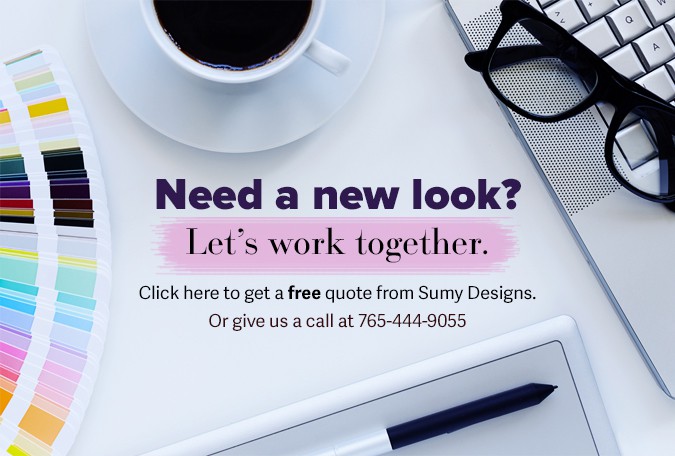![]() Eye-tracking has been studied since the 1800s, when Louis Émile Javal observed that our eyes do not make a make a fluid transition across words as we read, but instead a series of brief halts, called fixations, or saccade. This discovery has prompted numerous studies through the years for important fields of work – including helping those with eyes disabilities and diseases to how we see advertisements and improve the way we read.
Eye-tracking has been studied since the 1800s, when Louis Émile Javal observed that our eyes do not make a make a fluid transition across words as we read, but instead a series of brief halts, called fixations, or saccade. This discovery has prompted numerous studies through the years for important fields of work – including helping those with eyes disabilities and diseases to how we see advertisements and improve the way we read.
Using these studies on eye-tracking you can enhance your web design so you get more conversions, more long-term readers and a better overall design. After reading numbers studies on eye-tracking and web design, I’ve put this list together to help you take away the most valuable items to help you with your design.
People see large, bold headlines first
It may seem a little to in-your-face while you are working on the design, but keep in mind that your first-time reader will see your headlines first. The bolder and bigger a headline is, the more likely they are to take away the information.
Smaller paragraphs and shorter pieces of information are better
It may seem grammatically incorrect to split what should be one paragraph into two paragraphs, but, for many reasons, online readers don’t absorb bouts of text that are too large.
Negative space is important
Negative space works by focusing the attention of the observer. In website design, the negative space is what is behind the navigation, logo, text and images. If the negative space is used correctly the reader’s eyes will logically follow the objects within the design and keep their attention focused. The space that is created behind the content is subconsciously appealing to your readers.
Eyes are naturally drawn to pictures of faces and people
Using a picture of a person on your home page and your about page will result in viewers staying on your page longer. Pictures of people generate trust, and people are more likely to do business when they feel they trust a company.
Don’t forget the left side
Eye-tracking studies indicate that a viewer’s eyes spend more time focusing on the left side of the page. If your most important content is in a sidebar, then put the sidebar on the left side of your webpage, if it is on the right, then put it there. Your most critical and information should be focused on the left.
Fonts are important
Easy to read fonts create a better user experience for your client. Sans serif fonts are the easiest to read on a monitor and decorative or harder to read fonts should be used sparingly or avoided. Easy reading makes happy clients.
If you are looking for a web designer than can take care of all of your needs, Sumy Designs can help.
Susan Sullivan
Susan lives in the Dallas/Fort Worth Metroplex area with her husband and children. She is an avid distance runner, environmentalist, part-time beekeeper, chicken farmer and amateur photographer.

